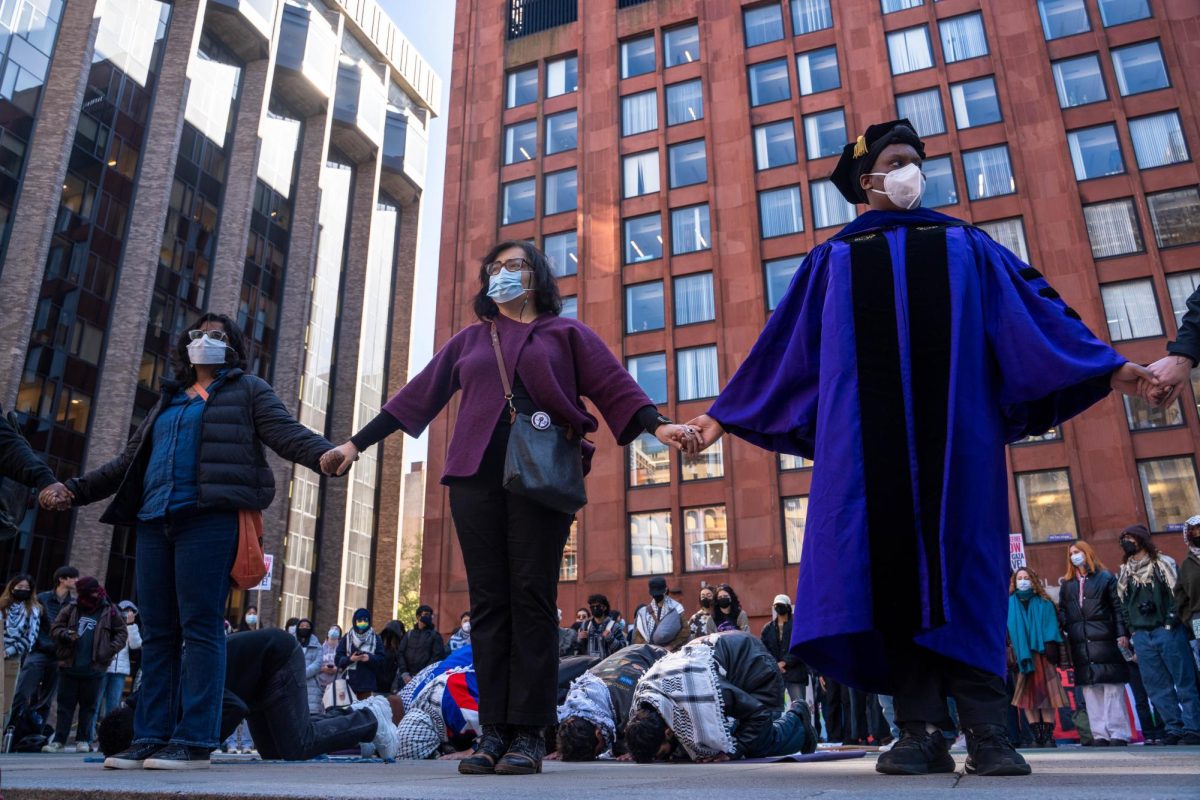For over a year, 12-year-old Rebecca Ann Sedwick was subjected to relentless cyberbullying in which the mildest torments called her “ugly,” and the worst demanded her to “drink bleach and die.” Even after moving schools, the bullying continued because online harassment isn’t confined to a single geographic location. On Sept. 10, Sedwick ultimately decided to escape from her tormentors. She tragically jumped to her death from a silo at an abandoned concrete factory.
Last week, the two alleged perpetrators of the bullying were released without charge, as cyberbullying is not classified as a criminal offense. This is not an isolated incident — it’s an example of the dreadful consequences a lax judicial system can have, as it is currently unequipped to deal with the daily occurrence of cyberbullying.
One in six children — approximately 3.2 million American students — are victims of cyberbullying every year according to recent studies. Cyberbullying, though, falls into a murky gray area of Internet crimes because it does not answer to a single U.S. federal law. Only a handful of states have laws that cover cyberbullying. When cyberbullying is conducted across state borders, the law becomes far more complicated. Federal legislation is desperately required to not only provide comprehensive prosecution of cyberbullying across borders but also classify it as a criminal offense. So far, state legislation has not made cyberbullying a crime worthy of criminal prosecution even though the effects can be devastating.
Anonymity is the source of power for bullies. Faceless bullies act far more aggressively online without the fear of discovery. In Sedwick’s case, the social network site Ask.fm and the app Kik perpetuated the suffering with bullies able to send anonymous messages and create fictitious accounts.
Cyberbullying presents a continuing dilemma for educators and parents, who are often cut out of the process without the knowledge of the bullying taking place. Traditional bullying is far easier for parents and educators to detect and address. Educating students and parents alike about the dangers of Internet usage and ensuring the lines of dialogue and support remain open must be a top priority for educators as part of their pedagogical duty.
Lawmakers have been too slow to keep pace with the growth of new forms of social media. Legislation is needed to combat the rise in cyberbullying, and schools must ensure both parents and teens have better knowledge of the dangers of the Internet. Bullies used to be only limited to the school playground. Teachers and parents could often intervene early on and prevent further harm from being done. Now, with access to the Internet, bullies can terrorize victims even when they are at home, circumventing traditional methods to combat bullying. Cyberbullying causes psychological trauma, and tormentors are able to continually harass their victims across multiple social media platforms. Cyberbullying may be virtual, but the effects of it are real and, at times, fatal.
A version of this article appeared in the Monday, Nov. 25 print edition. Happy Brown is a staff columnist. Email him at [email protected].










































































































































